|
Goal articulation is the first step in any design process. This is true for a permaculture project in your backyard, or when working with a community space. As a designers with clients, we must actively listen and absorb information from them, paying attention to how they articulate their goals and how you process re-articulate them. People get locked into idea of what they want; instead of form or details, focus more on function and the bigger picture. By seeing alternatives and spending time on exploration, we can help expand the palate of possibility. When we design for our own living spaces or communities, we are both the client and designer, and must also actively listen to, absorb and process our goals for action. It's important to use PTAV (present tense active voice) when articulating goals. Setting goals in the present tense helps us see what it feels like by saying "this is the way it is". The goals set set this way are not in the past or the future, and are more powerful in the present. Using an active voice, we become the do-ers, connecting thought and action, theory to practice. Here is a worksheet adapted from Edible Forest Gardens Volume 2 that describes the goal articulation process in depth: To start the design process for the Cliff Garden in Waltham in 2011, we articulated our goals, and keep a copy of these goals where when we are drafting designs and during installation to help guide us.
1) Our garden grows and feeds us the produce we currently eat most often:
2) Our garden grows and fees us new food that we love to eat but never knew about before our PDC
3) We hang out in a chill social space outside near our garden
4) We attract abundant wildlife to our garden and they love it here, including: birds, chipmunks, ducks, bees, dragonflies, ladybugs, spiders, worms, mushrooms, microbes, squirrels 5) We have a pond that supports a vibrant aquaculture including: fish, frogs, water chestnuts, lilies These goals were ambitious in our first year of applying permaculture. We did not meet all of our goals, and many goals were not realized in the ways that we thought they would in the beginning. We didn't grow many shrubs or trees, and focused on perennial and annual herbaceous crops for the most part. We did however, eat a lot of food from the backyard, made salads, tinctures, sat and enjoyed abundant wildlife while eating alpine strawberries, all which happened after many steps later in the design process...
0 Comments
Niche Analysis is one of many permaculture design tools we can to implement the least change for greatest effect. By understanding needs and yields of all elements in any system, we can organize relationships among these elements to mimic nature. We can also use this tool to think outside of the anthropocentric norm to fulfill needs and utilize needs that includes but is not limited to human involvement. This helps us understand what needs could be fulfilled by other parts of the system rather than external sources, and identify potential problems and their solutions before implementing a design. You want to run a niche analysis on all elements within your system, from plants, to animals, to uninvited guests, neighbors and yourself. One way to do this is to use scrap paper, one piece for each element, and write down the following:
Also make note of:
Element Examples (Needs/Wants):
We have only begun to understand how to utilize plants for uses beyond eating. As we've learned more about herbs and their roles in guilds and bird and insect forage, we've also begun to use them medicinally. An herb spiral planted or potted herbs in zone 2 as part of a kitchen garden is one idea we have for limited space where we live now. In our first garden, we distributed culinary and medicinal herbs throughout the garden design. Preparation methods:
How and how much to harvest:
Selected herbs list with uses: Sage, in addition to its culinary and spiritual uses, can be used medicinally. It is considered anti-hypertensive, anti-diabetic, anti-inflammatory and anti-microbial. Different varieties have different uses. Violet leaves can be infused into oil while the flowers are candied or used in salads or drinks. When rubbed topically, its anti-cancer properties strengthen the lymph nodes. Chocolate mint is available at local nurseries which is a more potent form of mint that is medicinally used for respiratory and stomach issues. We have wild peppermint in the backyard. Comfrey can be used for injuries, good for the skin. Also a dynamic accumulator of potassium, comfrey is a great for mulching fruit trees and flowers. We recommend planting in close proximity to fruit trees so you can chop and drop - leave a small trench around the base of the tree so the comfrey doesn't rot.
|
SearchCategories
All
Archives
December 2013
|
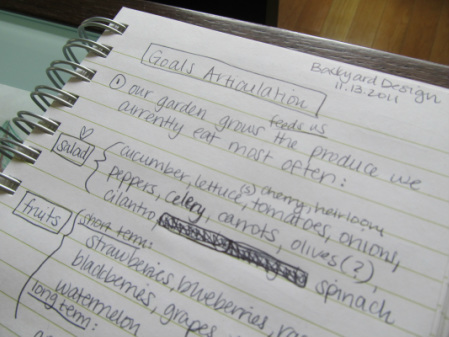
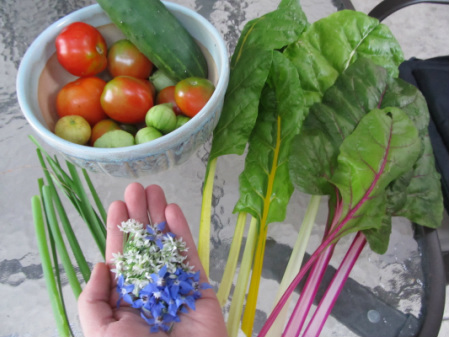
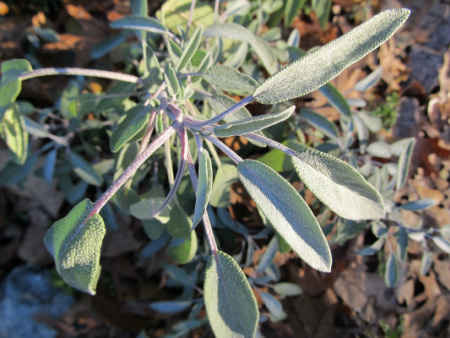
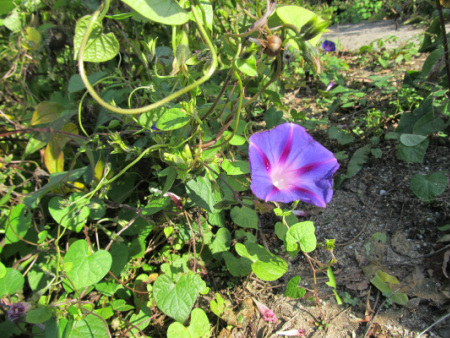
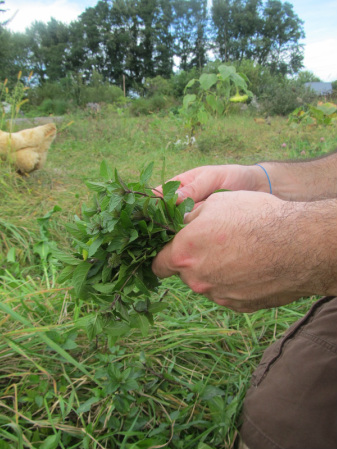
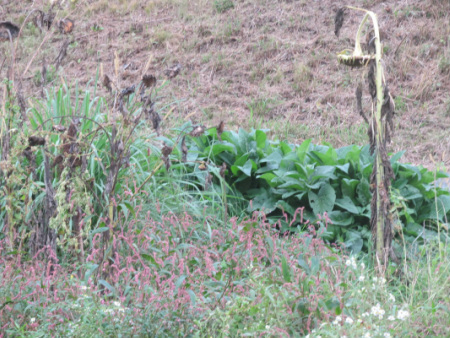
 RSS Feed
RSS Feed

